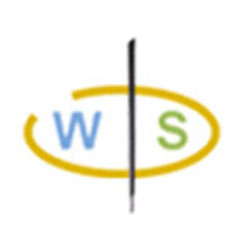What is welding
Welding is a fabrication process used to join two or more metals by causing coalescence. By melting the base metal along with a filler material, a pool of molten material forms and then cools to create a strong, permanent bond.
Welding is essential in various industries due to its ability to produce robust and durable joints.
Key elements of metal welding:
- Heat Source: Welding requires a heat source to melt the metals. Common sources include electric arcs, flames, lasers, electron beams, friction, and ultrasound.
- Filler Material: In many welding processes, a filler material is added to the molten pool to facilitate the bonding of the metals. This material often matches the composition of the base metals.
- Shielding Gas: In some welding methods, shielding gas is used to protect the molten pool from atmospheric contamination, which can weaken the weld. Examples include argon, helium, and carbon dioxide.
- Weld Pool: The molten material formed during welding, which solidifies to form a joint.
- Joint Configuration: The way the pieces to be welded are arranged, such as butt joints, lap joints, corner joints, and T-joints.
So, welding is critical in construction, automotive, aerospace, and manufacturing industries due to its efficiency and the strength of the joints it produces.
